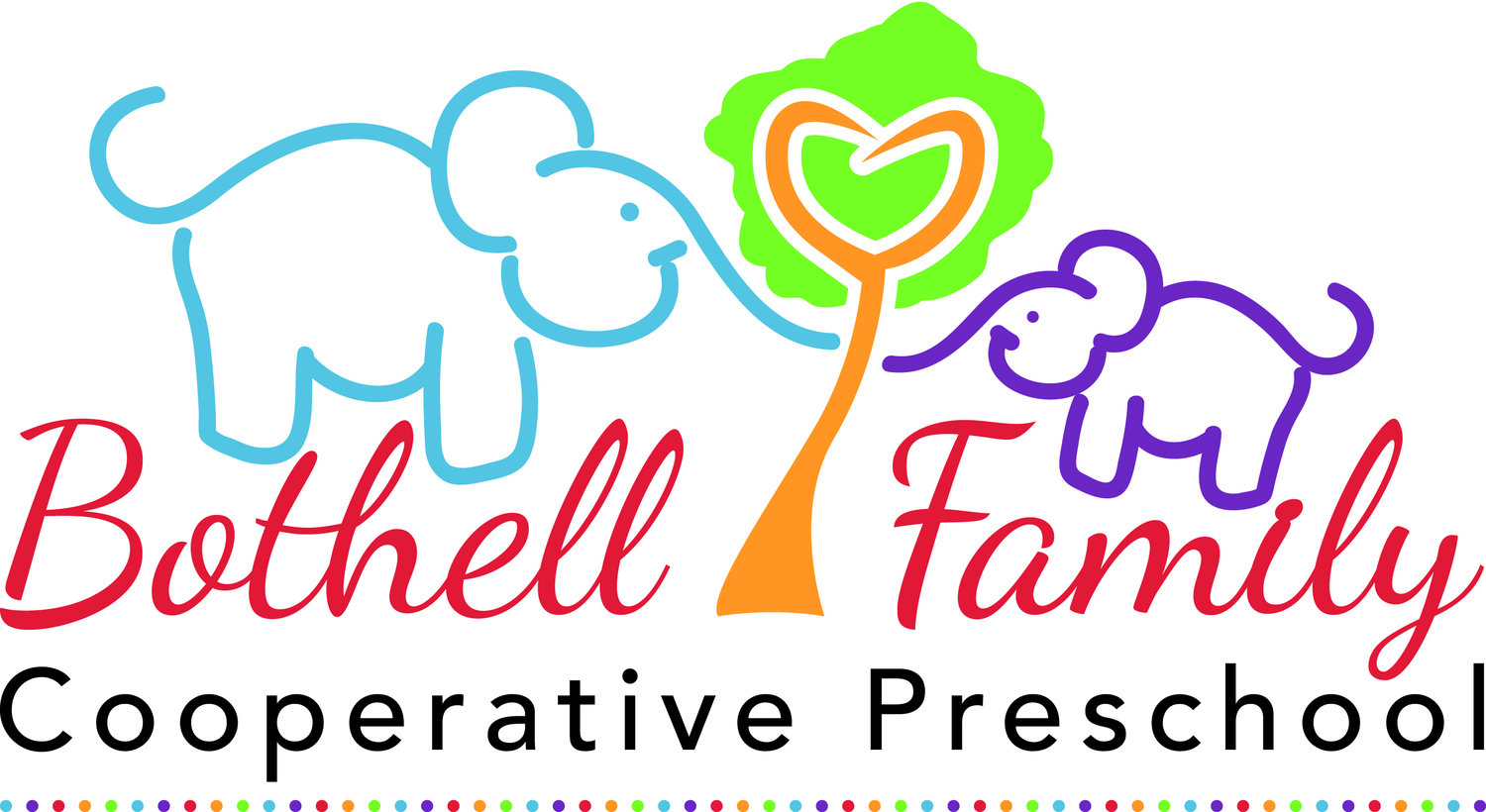One of the first things our students see after they enter the classroom, and wash their hands, is our schools selection of Unit Blocks. These might seem like simple and obvious toys for a preschool, but there is not only a rich history behind these blocks, there is an often unrecognized educational value. Some of our Unit Block collection has been with our preschool for 60 yrs, since the school began, and the community has continued to donate more to the school over the years. Teachers Kathy and Kelly have been utilizing our recent parent education time to share the benefits of Block Play in student’s acquisition of STEM (Science, Technology, Engineering and Math) knowledge.They asked parents questions such as “do you have memories of Block Play”, “what can children learn from Block Play”, and “how can we support Block Play learning?” This stimulated discussions connecting our own life experiences with our child’s and assisting us in supporting their development. For example, we learned that historically the block corner was only for boys, whereas the girls were relegated to the home center. It was rare for girls to have access to Unit Blocks unless they had brothers or neighbors who were boys, since it was a science and math based tool. We are lucky that in our preschool, with a play based foundation, Block Play is available to everyone and it is wonderful to see how the children interact with this powerful educational tool.
Teachers Kelly and Kathy went on to share that these basic wood Unit Blocks provide a myriad of opportunities for STEM knowledge development, through mapping grid patterns, cooperation, symmetry, balance, building, shape recognition, labeling, inductive thinking, coordination, perception, and much more. Teacher Kathy encouraged us to read one of her favorite articles, “Physics in Preschool? Teaching STEM with Ramps and Pathways” to get a deeper understanding of how valuable these simple toys are for our children.
A Little History: The Unit Blocks were actually created back in the early 1900’s by Caroline Pratt who was convinced that play was how young children learn. Pratt's philosophy was that children perceive their need for enriched information in order to enhance the quality of their play. They raise new inquiries that carry on to the discovery of further intellectual relationships. Pratt believed that:
*The child needs an active role in the learning process.
*The child's experience is expressed and organized through play.
*Play requires adaptable materials.
*The adult provides experiences and materials based on the child’s inquiries and the
development and learning observed.
(If you are interested in learning more about the history of Unit Blocks check out this blog article: Block Blog 7: A Very Brief History of Unit Blocks)
1 Unit Block = 5.5 inches in length x 2.75 inches wide x 1.375 inches thick
Double Unit Block = 11 inches in length x 2.75 inches wide x 1.375 inches thick
Quadruple Unit Block = 22 inches in length x 2.75 inches wide x 1.375 inches thick
Smaller sizes are made in various fractions of the standard unit.
“Not all children will grow up to become scientists, engineers, or mathematicians, but all children will grow up to be adults who will use science, technology, engineering, and mathematics in their daily lives. Experiences with materials such as ramps and blocks will equip them to be scientifically literate citizens of the 21st century.”
This is a quote from the article, click here to view the rest: “Physics in Preschool? Teaching STEM with Ramps and Pathways”.


